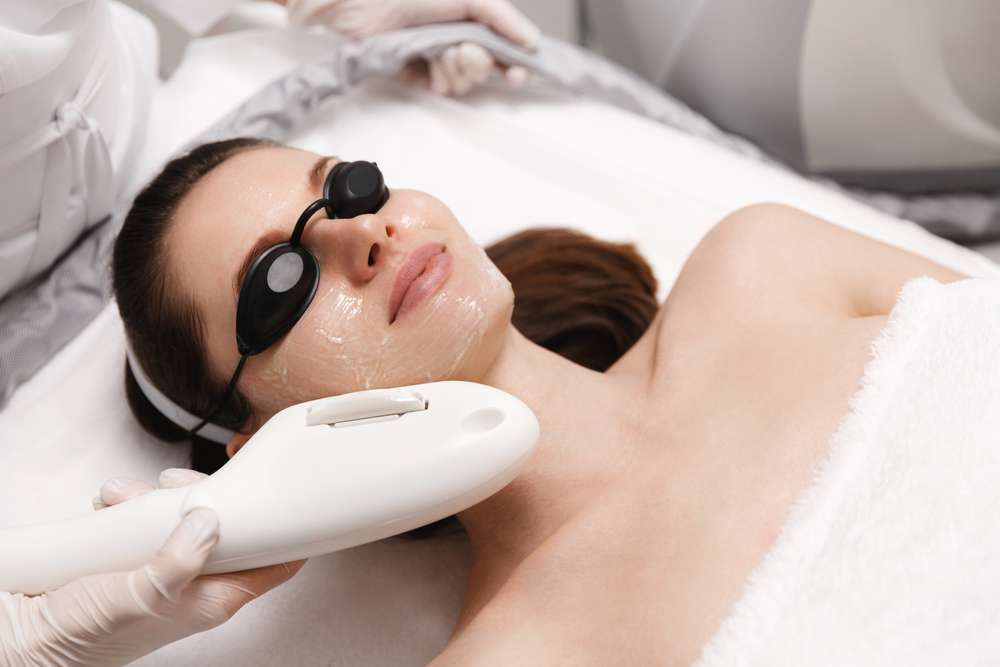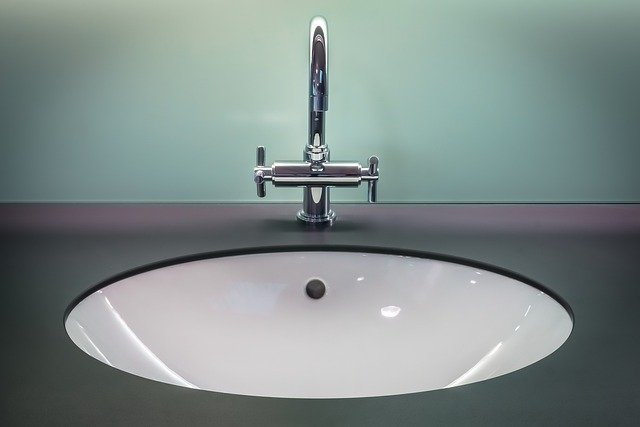A Complete Guide to Facial Hair Removal: Methods, Tips, and Best Practices
Managing unwanted facial hair is a common concern for many women seeking smooth, hair-free skin. From traditional techniques to modern innovations, various methods offer different benefits and considerations for facial hair removal. Understanding these options helps make informed decisions about the most suitable approach for individual needs and skin types.

Choosing the Right Method for Your Skin Type
Skin sensitivity plays a crucial role in selecting an appropriate hair removal method. Those with sensitive skin might prefer gentler options like threading or dermaplaning. Individuals with darker skin tones should exercise caution with laser treatments, as some systems may not be suitable. Consulting with a skincare professional helps determine the most appropriate method based on skin type and concerns.
Professional vs. At-Home Hair Removal Options
Professional services often provide longer-lasting results and expert technique. However, at-home methods offer convenience and cost-effectiveness. Home devices include epilators, facial razors, and IPL (Intense Pulsed Light) systems. While professional treatments may require regular appointments, they typically offer more thorough and precise hair removal.
Maintaining Facial Skin Health During Hair Removal
Proper skincare is essential when implementing any hair removal routine. Using gentle cleansers, avoiding harsh exfoliants immediately after treatment, and applying soothing products helps minimize irritation. Sunscreen becomes particularly important after hair removal, as treated skin may be more sensitive to UV exposure.
Common Hair Removal Treatment Options and Costs
| Treatment Type | Average Cost | Duration of Results |
|---|---|---|
| Threading | $15-30 | 2-4 weeks |
| Professional Waxing | $20-50 | 3-6 weeks |
| Laser Sessions | $200-400 | Semi-permanent |
| Electrolysis | $45-100/hour | Permanent |
| Dermaplaning | $75-150 | 3-4 weeks |
Prices, rates, or cost estimates mentioned in this article are based on the latest available information but may change over time. Independent research is advised before making financial decisions.
Safety and Aftercare Considerations
Proper aftercare ensures optimal results and minimizes potential complications. This includes avoiding direct sun exposure, using appropriate moisturizers, and following specific care instructions for each method. Some treatments may require waiting periods between sessions to maintain skin health and achieve the best results.
This article is for informational purposes only and should not be considered medical advice. Please consult a qualified healthcare professional for personalized guidance and treatment.





